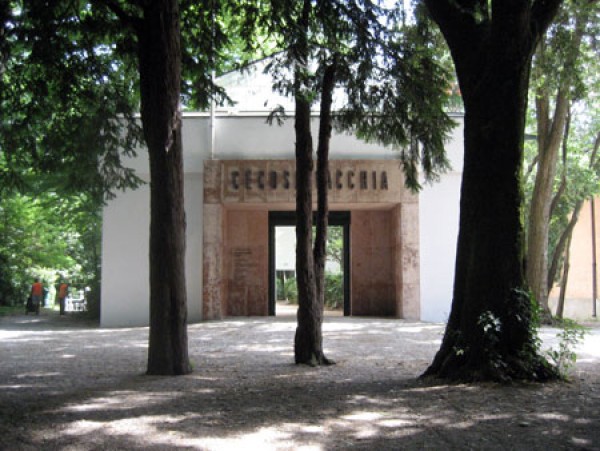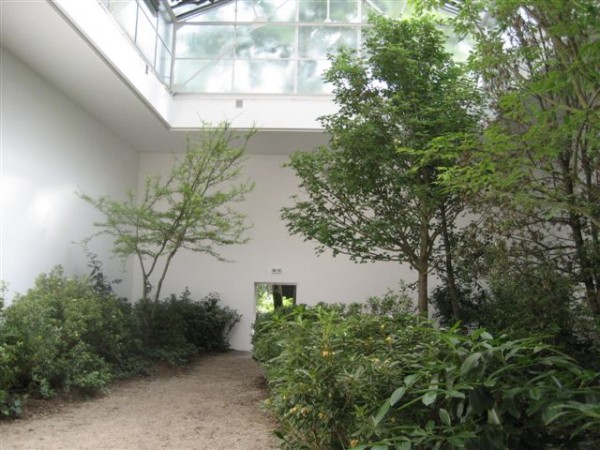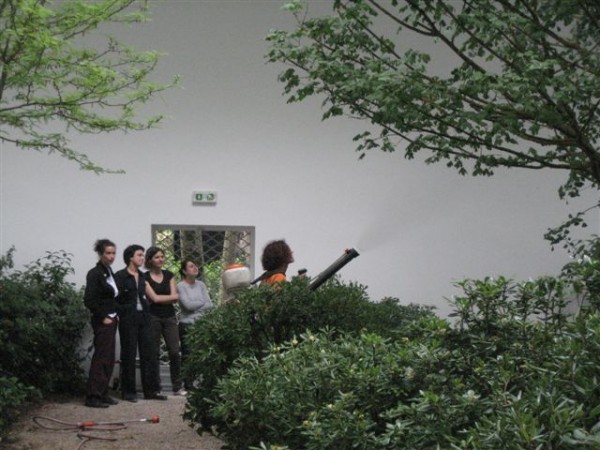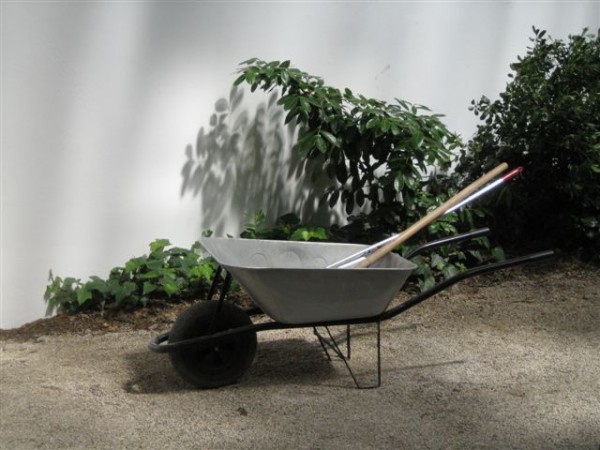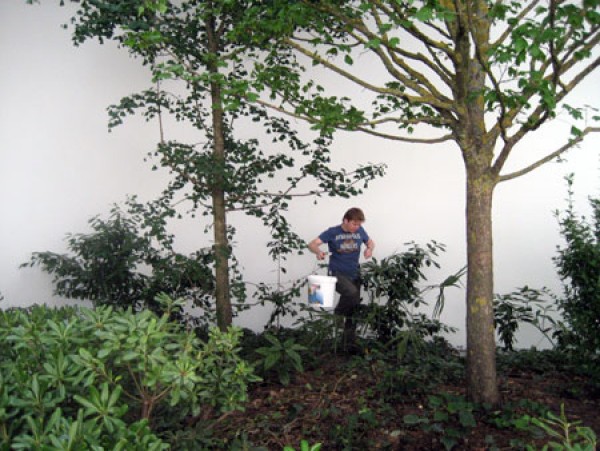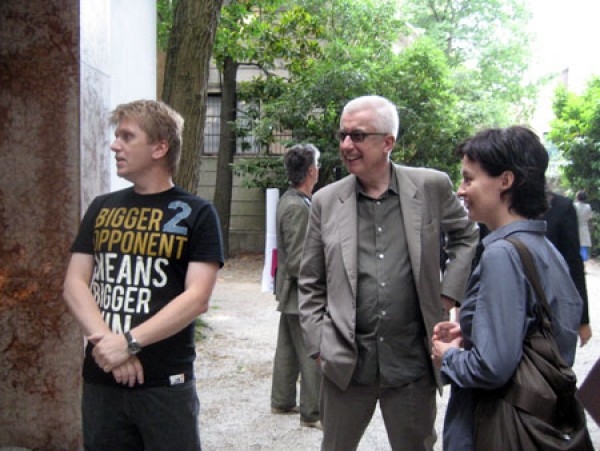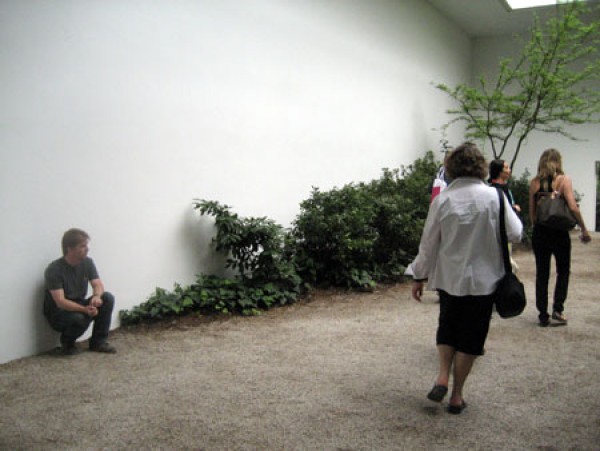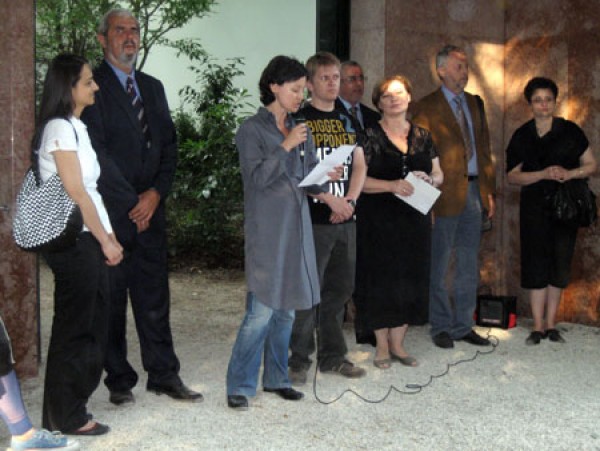The preparation of the project for the Pavilion of the Czech and Slovak Republics at the 53rd Biennale in Venice in 2009 will be under the management of the Slovak National Gallery according to the agreement between the NGP and the SNG.
Roman Ondák (born in 1966 in Žilina) the internationally renowned Slovak artist, and currently one of the most significant representatives of neo-conceptual strategies, was recommended by the jury for the Venice Biennale. He was a DAAD scholarship holder in Berlin and he has presented his projects at individual exhibitions in Pinakothek der Moderne in Munich (2007) the Tate Modern in London (2006) the Kunstverein in Cologne (2004) and the Museum of Modern Art in New York (2009). His works were twice introduced at the Manifesta International Exhibition (1996, 2000); he has also exhibited in the Utopia Station section at the 50th Biennale in Venice (2003) and at the Musée d´Art moderne – Centre George Pompidou in Paris (2009). Roman Ondák lives and works in Bratislava, the capital of the Slovak Republic.
Roman Ondák / Loop
Curator: Kathrin Rhomberg
Commissioner: Katarína Bajcurová
Organizers: the Slovak National Gallery, the National Gallery in Prague, the Ministry of Culture of the Slovak Republic, the Ministry of Culture of the Czech Republic
Open to the Public: 7 June – 22 November 2009
As one of the most significant artists to emerge over the last decade, Roman Ondák´s artistic attitude is unusual. One reason for this lies in his artistic interventions that recursively impact the real world through context shifts and poetic mise-en-scènes. By means of a constant and contradictory transfer of meanings, the introduction of unexpected actions in a place wholly inscribed with expectations, or through the repetition of the same picture in different media, he supplements our accustomed balance of processes of perception with a significantly disruptive counterbalance. Roman Ondák works here with the most diverse artistic media, such as drawing, video and photography, performance, sculpture or installation. And often “his works can be readable even if they are not recognised as works of art. Even more, he sometimes uses art as a means to sharpen our attention to every-day life and to situations in it that can often be readable, metaphorical and poetic too.“ (Igor Zabel)
What is most striking about Roman Ondák’s works and installations is specifically this alternating quality. With “Loop” he has developed a sculptural in-situ work for the Venice Biennial that expressly deals with the relationship between reality and art by taking a section of this reality – the park landscape between the exhibition pavilions with their greenery, the bushes, trees and paths – and closely replicating it, then shifting this copy, so to speak, into the interior of the pavilion. This is a shift that could also be called a continuation of external reality into that of the art space. The path to the pavilion leads without interruption or obstacles into the building on one side, crosses through it and leads out of it again on the other side. Crossing an art space and thus a zone of altered conventions of attention, perception and interpretation would remain almost unnoticed, if there were not this external encasement of the pavilion, which in this setting is suggestive of an over-sized empty container, open at the bottom and arbitrarily placed over a piece of nature. When entering the space of art, one usually leaves everyday reality behind and takes this step expecting and aware of the altered rules that apply in this territory. Here, however, it is unclear in every respect which territory the space we enter belongs to.
Kathrin Rhomberg

